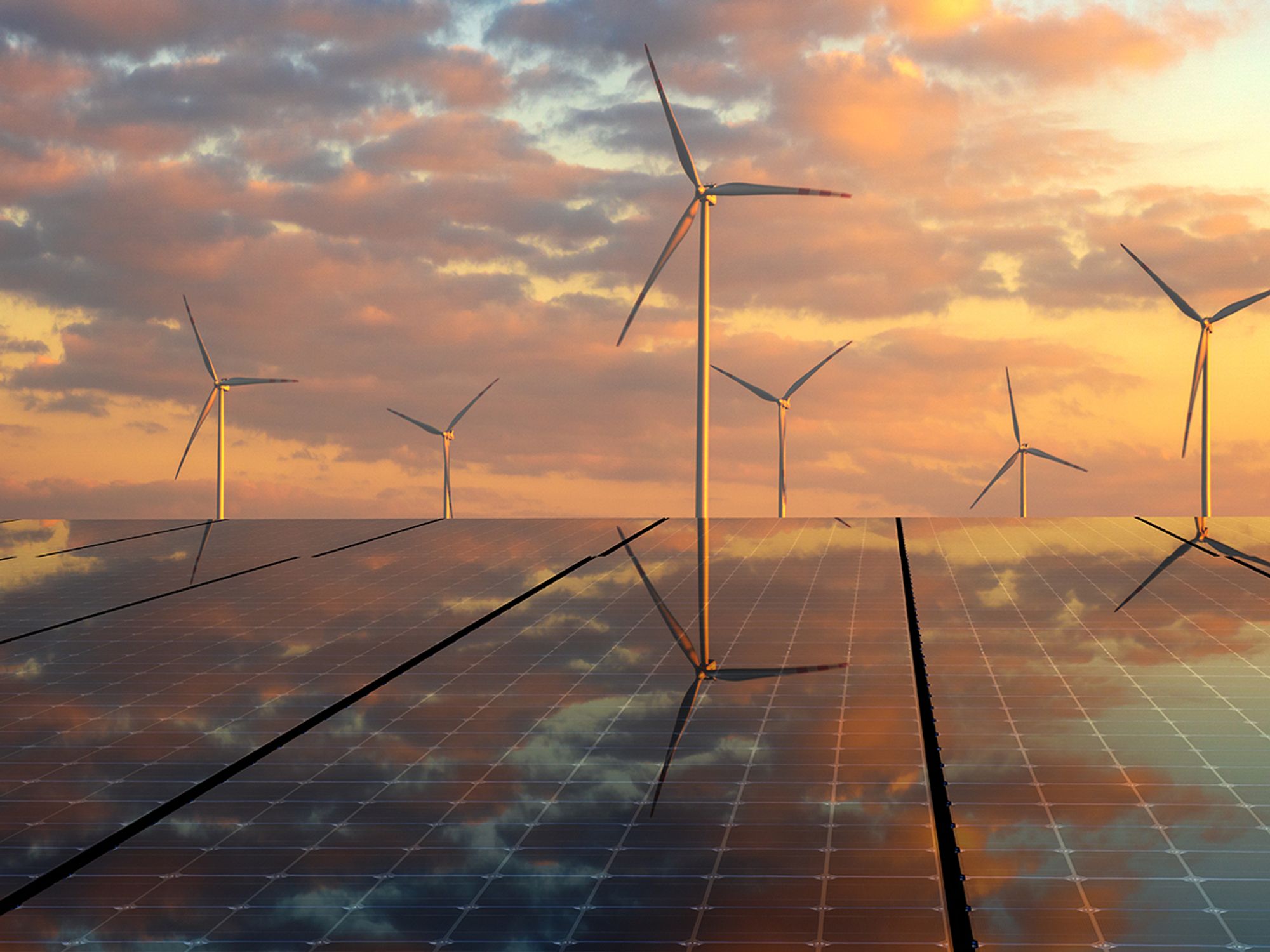Types of renewable energy

- The main kinds of renewable energy sources are biomass, geothermal, hydropower, solar, and wind.
- Businesses can obtain renewable energy in three different ways.
Renewable energy is from sources that naturally replenish but are flow limited. Renewable resources are essentially inexhaustible in time. But they are restricted in the quantity of energy that is available per that unit of time.
The main kinds of renewable energy sources include:
- Biomass
- Geothermal
- Hydropower
- Solar
- Wind
Wood was the source of almost all the energy needs of the United States up until the mid-1800s. From the late 1800s until now, fossil fuels, which include coal, petroleum, and natural gas, have been the main energy sources. Out of all the renewable energy resources, hydropower and wood were the most used until the 1990s. Since that time, the quantities of U.S. energy use from biofuels, geothermal, solar, and wind energy have grown.
In 2020, renewable energy supplied roughly 11.59 quadrillion British thermal units (Btu)—equal to 12 percent of the entire U.S. energy use. The electric power sector was responsible for about 60 percent of the entire U.S. renewable energy consumption in 2020. About 20 percent of the entire U.S. electricity generation was due to renewable energy sources.
The Public Utility Regulatory Policies Act (PURPA) of 1978 is one portion of the National Energy Act. PURPA has measures set up to positively influence energy conservation, more efficient resource use, and fair rates. Chief among these were proposed retail rate reforms and alternative incentives for the development of electricity by cogenerators and renewable resource users.
Businesses can obtain renewable energy in three different ways:
- Owning renewable energy systems and using the energy those systems generate,
- Buying renewable power from various third-party-owned systems, or
- Buying unbundled renewable energy certificates (RECs).
Regardless, an organization must own and retire the RECs connected to the power in order to make renewable energy claims. Renewable energy generation can take place onsite (e.g., solar panels on rooftops, micro-wind turbines) or offsite (e.g., utility-scale renewables, community solar). A company’s renewable energy portfolio may have one or a mixture of these procurement options to hit a larger goal.
